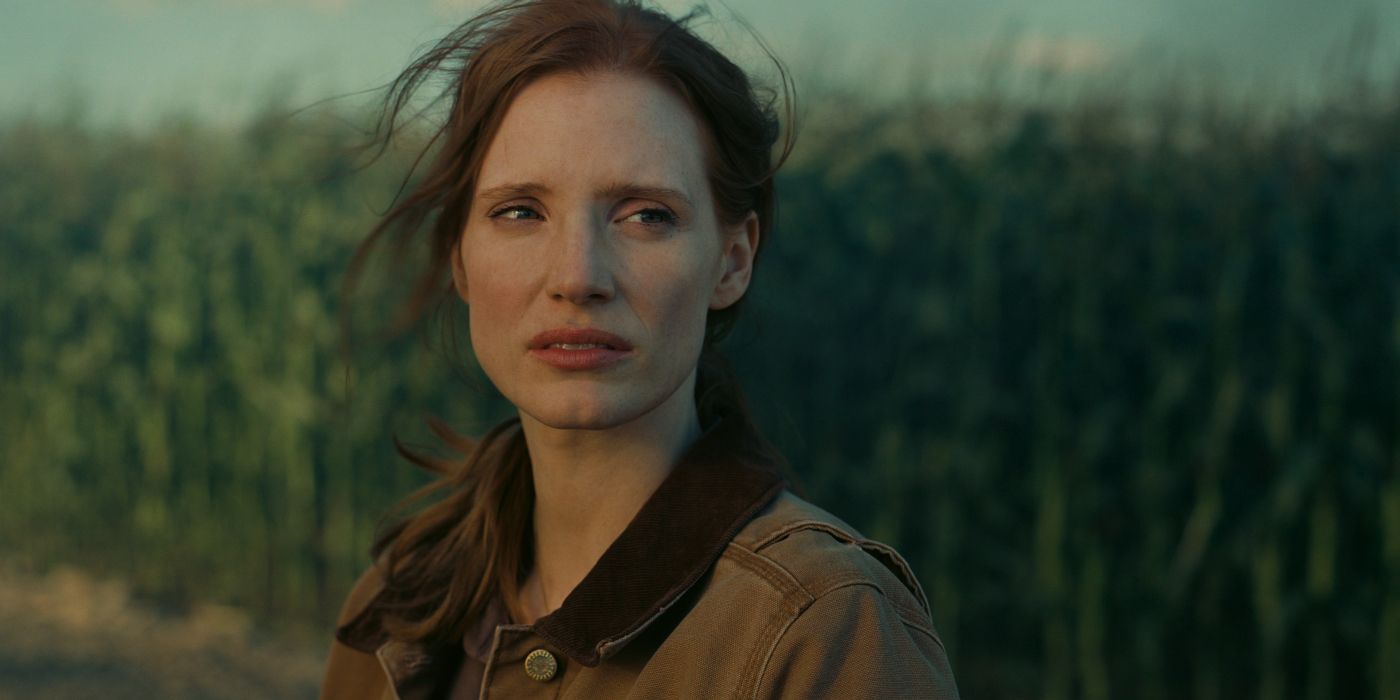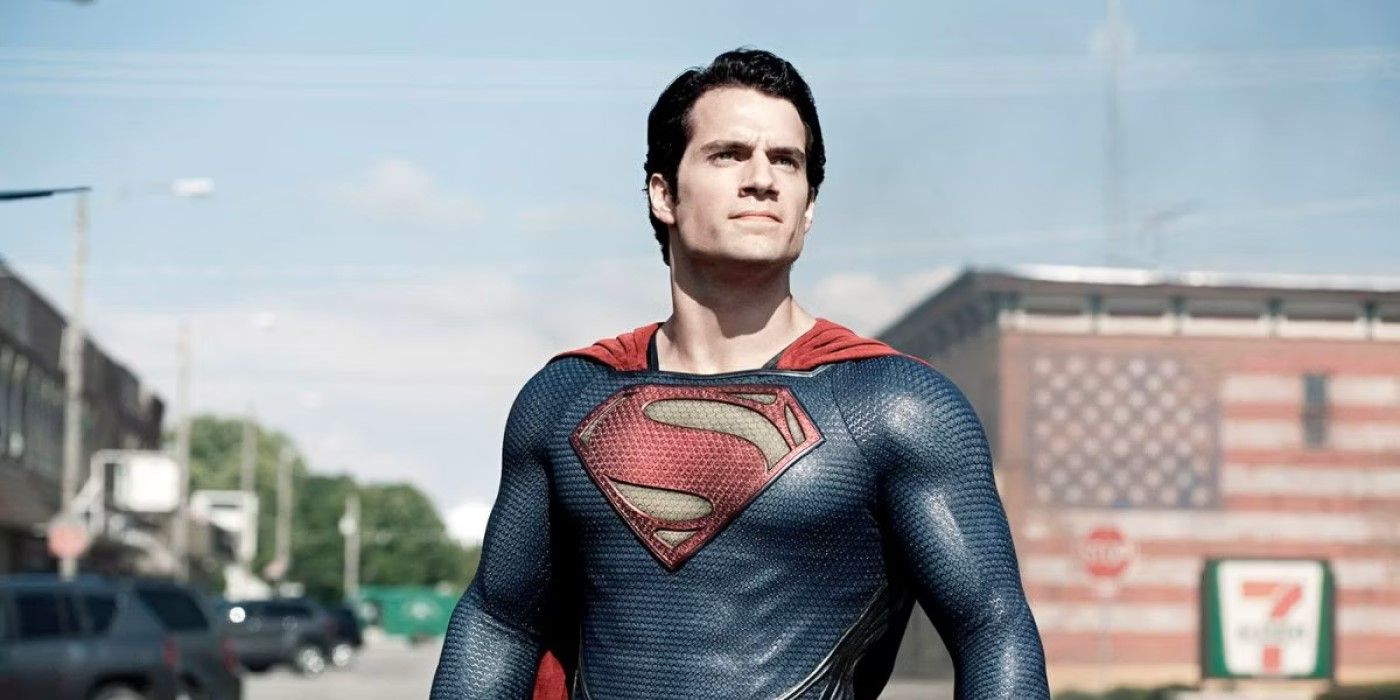Christopher Nolan planted 500 acres of corn just for the movie “Interstellar”
- Nolan relies on real corn fields over CGI for authenticity and thematic importance in Interstellar .
- Growing real corn was a practical and profitable decision for the film’s production.
- Nolan and Zack Snyder have a unique partnership, having worked together on several DC Comics movies.
Despite his roots as the independent filmmaker behind low-budget classics like Following and Memento, Christopher Nolan has become one of the most prominent blockbuster filmmakers of his generation, and perhaps the truest successor to Steven Spielberg. Nolan often demands extensive budgets for his films, which generally require extensive worldbuilding and intricate designs as a result.

However, Nolan is often considered to be an old-fashioned storyteller due to his determination to use as little computer-generated imagery as possible. Notably, his Best Picture winning World War II epic Oppenheimer contained no CGI shots at all. While a science fiction epic like Interstellar required some digital imagery due to its imaginative outer space sequences, that didn’t mean that Nolan gave up his penchant for authenticity all together. In order to ensure that the story was grounded in a recognizable version of Earth, Nolan used over one hundred acres of corn for Interstellar.
Why Did Nolan Need Real Corn for ‘Interstellar’?
Set in 2067, Interstellar imagines a future where humanity’s resources have been depleted, leaving the world to reject many of the technological advancements that have been made in recent years. Humanity has ironically had to turn back to farming as the primary source of its survival, as the negative environmental effects of overusing unsustainable resources have resulted in a global food shortage. Although the film is a grand science fiction space opera, Nolan incorporates a pro-environmentalist message within the inciting incident in Interstellar. It’s due to the significant damage that the Earth’s naturalistic environments have sustained that NASA has begun searching the universe for other planets that humanity could potentially relocate to.
After determining that there are three potential planets that could sustain human life that are reachable using a black hole, the NASA scientist Professor John Brand (Michael Caine) recruits the widower pilot Cooper Murphy (Matthew McConaughey) to take part in an ambitious outer space mission. Despite his work with the space program in the past, Cooper now works as a farmer, and takes care of his father-in-law, Donald (John Lithgow), and his two children, Tom (Timothée Chalamet) and Murph (Mackenzie Foy). Cooper’s work as a corn farmer represents his humble origins, as he embodies the unspoken heroism within America’s heartland. It’s only after tracking a gravitational anomaly with Murph that Cooper drives through the cornfields and meets up with his cohorts in NASA. It’s due to Cooper’s relatable qualities that he becomes such an inspirational hero that takes Interstellar into such unexpectedly emotional places.
Interstellar is certainly not lacking in Nolan’s signature spectacle, as it took home the Academy Award for Best Visual Effects. Although some of the outer space environments and ships required extensive digital imagery in order to develop the futuristic designs, the corn in Interstellar was grown for real. While Nolan insisted on having real farming fields in the film, he was initially unsure about the time commitment required to grow so much corn. However, Nolan found that several acres had already been grown by his collaborator Zack Snyder for the Kent family farm seen in Man of Steel. Nolan explained in the aforementioned Hollywood Reporter article:
“Luckily, [director] Zack [ Snyder ] had grown a bunch of corn, so I said, ‘How much can you really grow practically?’ ” Nolan recalls. “And they had done a couple hundred acres [for Man of Steel ], so we looked into it; we found that where we wanted to build our farmhouse really close to the mountains [outside] Calgary. In the end, we got a pretty good crop, and we actually made money on this.”
Corn Is More Important Than You Think in ‘Interstellar’

While Nolan’s insistence on growing “real corn” instead of using CGI farming fields may seem like a strange point for him to focus on, the use of real crops was integral to the thematic implications of Interstellar. The film is among Nolan’s most emotional projects because the audience must compare the grandiose version of space within Cooper’s outer space adventure with the rather plain and ordinary nature of his life at home with Murph. While he’s tasked with mapping out a future home for the entirety of humanity, Cooper is also forced to make a personal sacrifice that denies him the chance to have a normal life. The blissful shots of his family’s cornfields, accompanied by the bombastic score by Hans Zimmer, show how difficult this decision was for him.

Corn actually factors into the narrative progression of Interstellar. As the film cuts to an older Murph (Jessica Chastain) who is working with her associate Getty (Topher Grace) to identify her father’s location, she finds that her family’s farm has been infected by a plague. In order to convince Tom (Casey Affleck) and his family to relocate, Murph is forced to burn down the cornfield, resulting in one of the film’s most haunting moments. Thematically, this shows that Murph is in some ways rejecting the comforts of her past, and understands that humanity needs to look towards the future if it has any hope of survival.
Nolan Has a Unique Partnership With Zack Snyder

Although Snyder may have lent Nolan a hand by letting him retrofit the cornfields for Man of Steel in Interstellar, it’s not the first time that the two filmmakers have worked together. Man of Steel was first developed due to creative frustrations writing The Dark Knight Rises, which led Nolan and his longtime producing partner (and wife) Emma Thomas to join the Superman reboot as executive producers. Nolan was essential in hiring Snyder to direct the film, and remained as a producer on both Batman v. Superman: Dawn of Justice and Justice League.
Nolan has praised Snyder’s work, stating that his controversial 2009 adaptation of Alan Moore’s beloved graphic novel Watchmen “was ahead of its time, and that “it would have been fascinating to see it released post-Avengers.” While their films seem to earn completely opposite reviews, Nolan and Snyder are both uncompromisingly stylistic filmmakers who strive for big budget maximalism. Hopefully, Snyder will take a page from Nolan’s book and tell a scaled-back, more focused story again.
Source: Collider